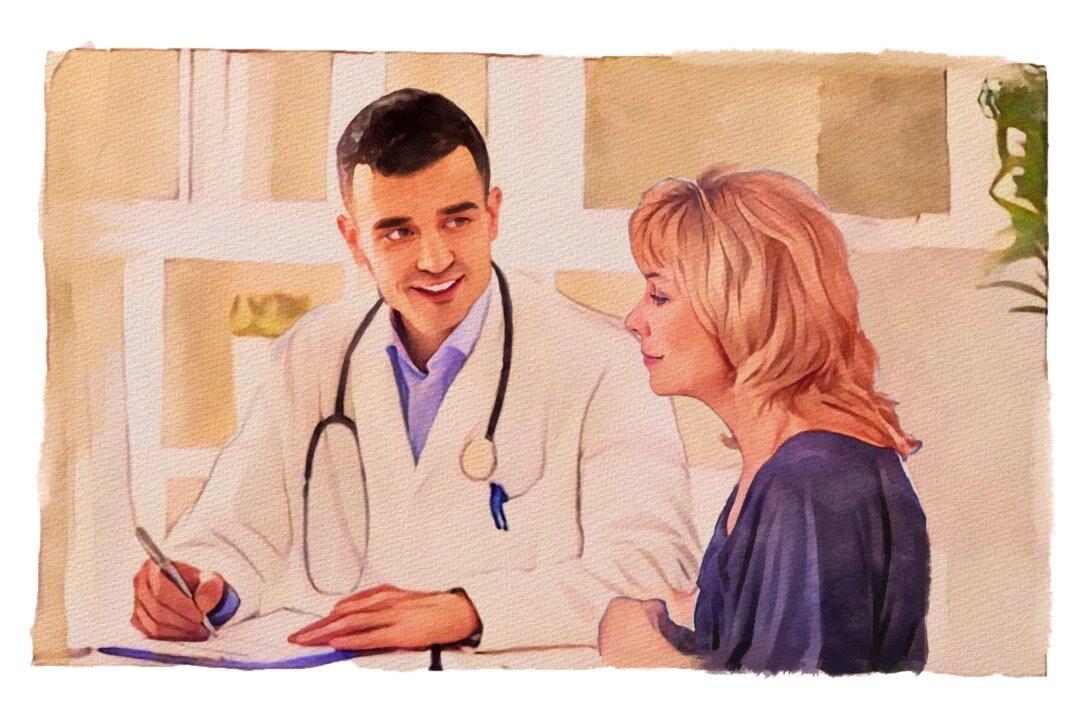“First, do no harm.”
Although this admonition never appears verbatim in the Hippocratic oath—a classic translation states that healers of the sick “abstain from whatever is deleterious and mischievous”—most of today’s health care professionals take these words to heart. They avoid harm by examining and diagnosing patients before proceeding to a treatment.






